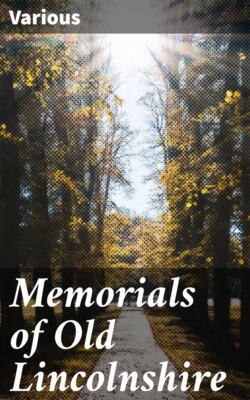Читать книгу Memorials of Old Lincolnshire - Various - Страница 18
На сайте Литреса книга снята с продажи.
Pygmy Sites, Stations, or Dwelling Places
ОглавлениеTable of Contents
One very interesting feature regarding Pygmy stations, sites, or dwelling places where these Flints are found is their close association with a Peat Floor. Monsieur de Pierpoint says: “He collected some thousands of Pygmy Flints on the high plateaux above the Meuse. Formerly a thick forest covered these mountains, and in that district the small flints are mostly found near springs and away from the east winds.” Both at Scunthorpe and on the hills of the Pennine Range, it is on or in the Peat that these diminutive Flints are discovered. Dr. Colley March found them in a bed of Peat 6 feet deep, in certain cases 10 feet deep, and at an altitude of 1350 feet above sea-level. Dr. Gatty found them at Scunthorpe on the top of the Peat and below the wind-blown sand 200 feet above sea-level.
It was on the Peat that I and my friends, the Rev. R. N. Matthews, of Tetney, in the year 1900, and the Rev. Samuel Wild, of Dunholme, found numerous examples as recently as the spring of 1907. Dr. Gatty found as many as 200 implements on the floor of one habitation. These facts lead me to the belief that the natural conditions or surroundings of Scunthorpe have completely changed since the time of the deposit of these implements.
I believe that the natural conditions at Scunthorpe were very much like the conditions at the Ituri Forest of North Africa at the present day, where we see a Peat deposit in progress; that the Pygmies lived in a warmer atmosphere at Scunthorpe than now exists in England; and that these people lived in communities in small huts, such as may be seen now among these living survivals of Pygmy people. They were in fact Forest Dwellers.
No pottery has been found with the Pygmy Flints in Lincolnshire, but a class of rude hand-made pottery has been found with the Indian Pygmy Flints, and entire skeletons of the Pygmy people have been found both in India and Germany. In India they dwelt in caves and rock shelters, but at Scunthorpe we have no trace of caves or rock shelters; therefore hut circles seem to be the only alternative to fall back upon as their dwelling places in Lincolnshire.
